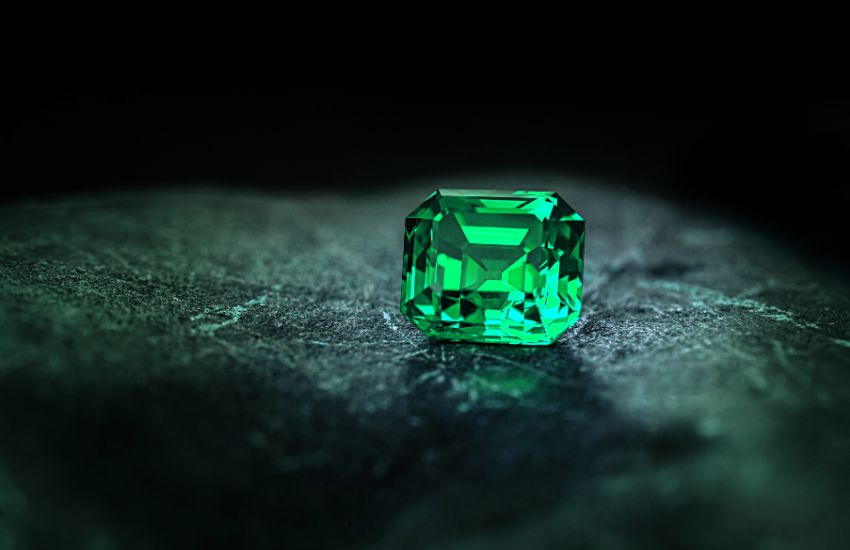
Table of Contents
Emeralds rank among the most coveted gemstones and have held their allure for centuries. These iconic green stones primarily come from mines in Colombia (South America) and Zambia (Africa). Traditionally, Colombia has been the go-to source for emeralds. However, Zambian emeralds are emerging as strong contenders.
Given that these two regions provide most of the world’s emeralds, it’s important to understand how Zambian and Colombian emeralds differ and which one you should choose. Let’s explore the unique features of these two emerald types.
What are Emeralds?
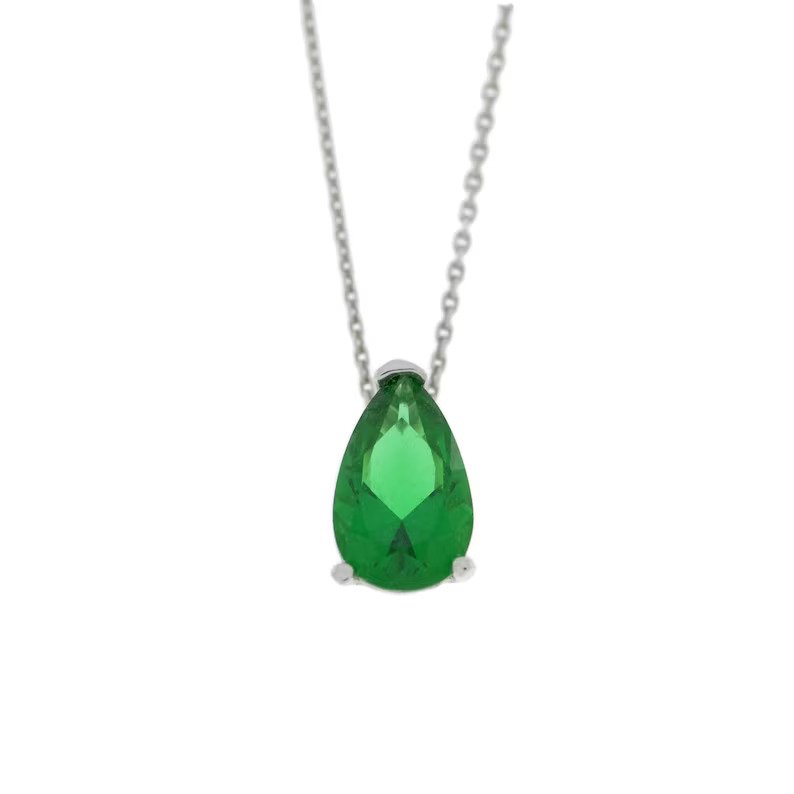
Emeralds, a type of beryl mineral, are famous for their deep green color, which chromium and sometimes vanadium give them. They stand alongside diamonds, sapphires, and rubies as one of the four main precious gemstones, holding a special place in gemology.
Their green shades vary from light to dark, often with a touch of blue. The best emeralds show a bright and balanced green without being too dark or light. Unlike other gemstones, emeralds often have inclusions, or small internal flaws, which are more acceptable because of their rarity and the unique “garden-like” patterns these inclusions create.
With a rich history of gracing royal crowns and historic treasures, emeralds remain symbols of luxury and style in jewelry today.
What are Colombian Emeralds?
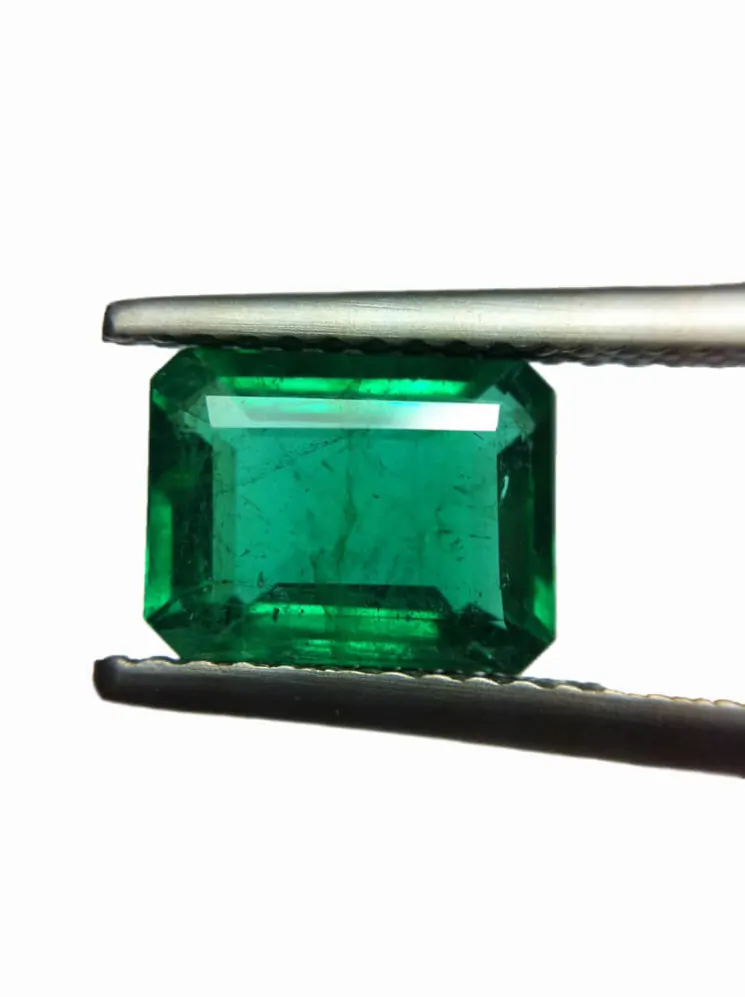
Colombian emeralds, famous for their outstanding quality and vibrant green color, come from Colombia in South America. They set the standard for emeralds globally. These emeralds stand out because of their intense, pure green color, often with a hint of blue. This unique color comes from the specific way the rocks form in Colombian mines, with a mix of minerals including chromium.
Emerald mining in Colombia dates back to before Columbus, with the Muzo and Chivor mines being especially famous for producing some of the world’s most desired emeralds. These emeralds are clearer and have fewer internal flaws or inclusions than those from other places, making them more valuable.
Even though Colombian emeralds are clear, they often have natural inclusions, adding to their appeal. In gemology, these inclusions are called “jardin” because they look like a garden inside the stone. Colombian emeralds are highly valued in jewelry, often costing more than emeralds from other countries.
Their stunning green color, relative clarity, and the rich history they carry make them favorites among collectors and jewelry lovers, representing not just beauty but also a deep cultural legacy.
What are Zambian Emeralds?
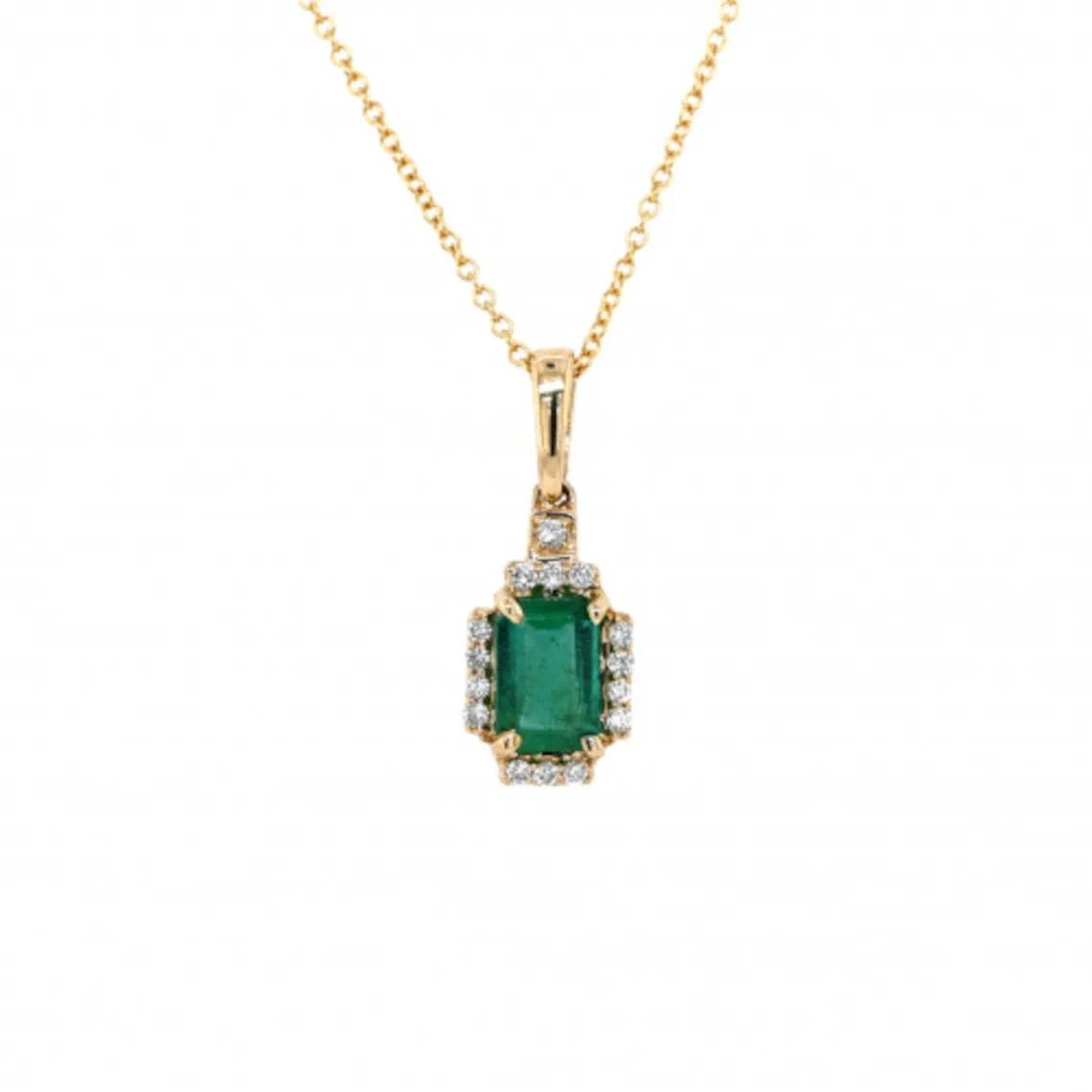
Zambian emeralds have gained popularity since their discovery in the 1970s. These emeralds stand out for their deep green color with a bluish tint, different from the pure green of Colombian emeralds. The color comes from iron, along with chromium and vanadium, in Zambia’s emerald rocks.
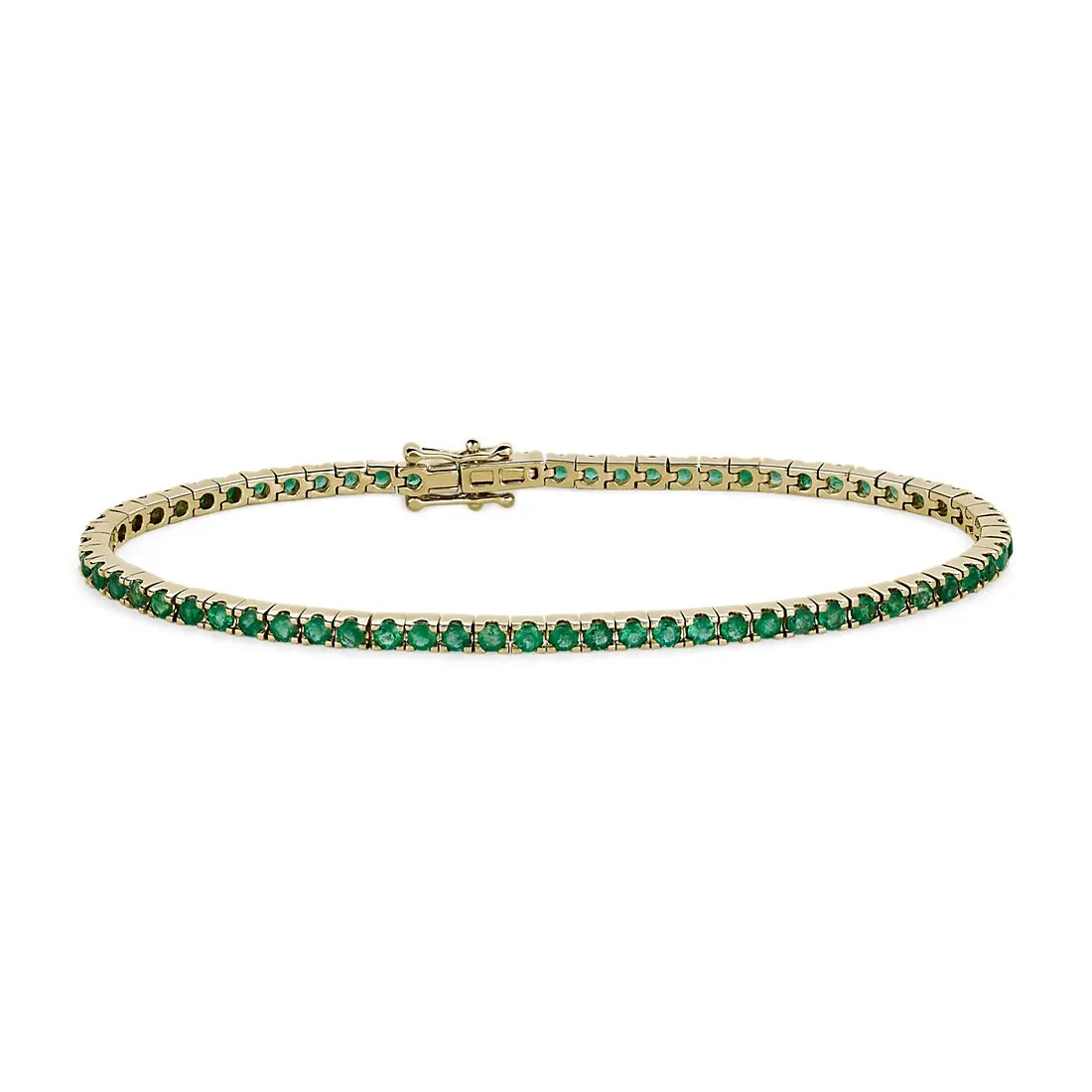
Zambia’s famous mines, like Kagem and Grizzly, are major emerald sources. These mines produce emeralds that are not only striking in color but also large in size and clear. Zambian emeralds typically come in bigger sizes and are clearer than those from Colombia. They can have inclusions, but these are less visible due to the emeralds’ darker color.
The appeal of Zambian emeralds goes beyond their look to their rarity and the ethical mining practices in Zambia. The country is known for mining responsibly, making these emeralds ethically attractive. This responsible sourcing has made Zambian emeralds increasingly sought after in the jewelry market, valued for both their beauty and the ethical way they are mined.
Colombian vs. Zambian Emeralds: A Quick Comparison
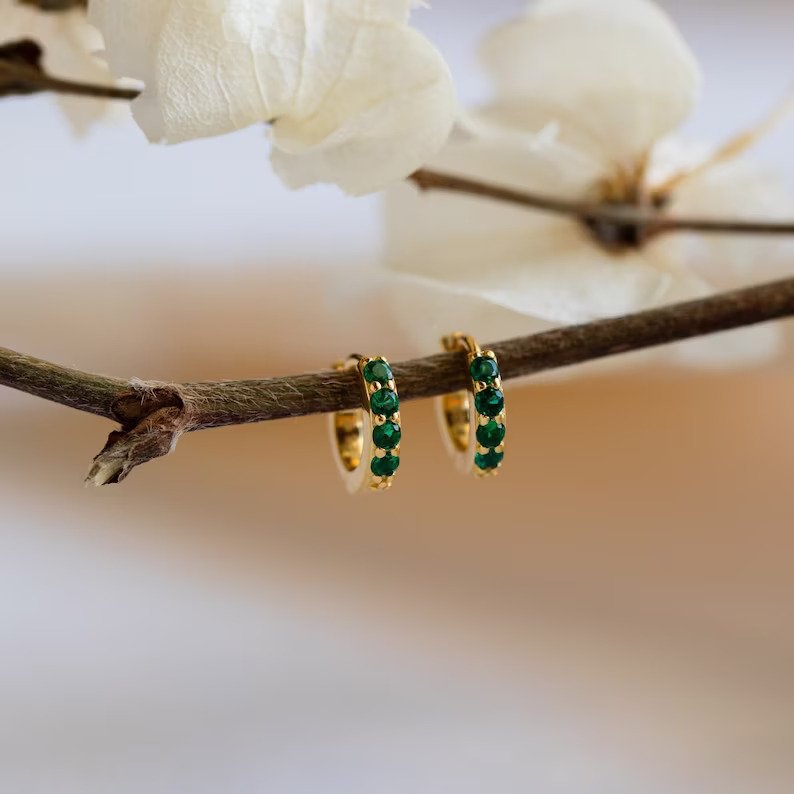
In terms of properties, both these gemstones are very similar. They both have the same degree of hardness, between 7.5 to 8 on the Mohs scale but due to inclusions and other factors, emeralds are fragile stones and need to be properly taken care of.
Here is a quick recap of their main differences:
1. Color
Colombian emeralds are known for their bright, vivid green with a bluish tint, a result of chromium. Many see this as the ideal emerald color. Zambian emeralds, with more iron content, show a deeper green, often with a stronger blue shade. Your preference for color intensity and hue will guide your choice.
2. Clarity
Colombian emeralds generally have fewer inclusions, giving them clear quality. These inclusions, called ‘jardins,’ add unique character. Zambian emeralds, typically darker, hide inclusions better, appealing if you want a gem that looks cleaner.
3. Size
Zambian emeralds often come in larger sizes than Colombian emeralds, making them a great option for those who want bigger gemstones. Their size isn’t just about looks; it also gives more options in jewelry design.
Larger Zambian emeralds make a strong impact, especially in statement jewelry where the emerald is the main feature. The big size adds to the stone’s visual appeal and makes it stand out. If you’re after a gemstone that’s huge and eye-catching, Zambian emeralds, known for their larger size, might be just what you need.
4. Value
The value difference between Colombian and Zambian emeralds comes from their color, clarity, size, and how the market sees them. Colombian emeralds, with their bright, pure green color and long-standing reputation, often cost more.
They’re highly sought after and set the standard for quality. Zambian emeralds, offering a deeper green with a hint of blue, are usually more budget-friendly. They’re known for larger sizes and ethical mining.
Though Zambian emeralds are becoming more popular, Colombian emeralds still lead in market preference, reflected in their higher prices. Both, however, are prized for their unique qualities and beauty.
5. Ethical Considerations
Zambia is well-known for its ethical mining practices, making it an important choice for buyers who care about where their gemstones come from. The country’s emerald mining respects environmental sustainability and takes care of its workers.
This dedication to ethical standards makes Zambian emeralds appealing to those who want transparency and responsibility in their purchases. Meanwhile, Colombia, with a long history in emerald mining, is improving its mining ethics.
However, it still faces challenges due to its past problems with labor and environmental practices. This difference in mining ethics between Zambia and Colombia is crucial for buyers who think about the ethical impact of their jewelry choices.
Which to Buy?
If you value a brighter green with historical significance, Colombian emeralds are a traditional pick. If you prefer a deeper green, larger size, or prioritize ethical sourcing, Zambian emeralds are a great choice. Your decision should be based on what you value most in color, size, clarity, and ethics. Both types of emeralds have unique beauty and are valuable for any collection.
Where to Buy Colombian or Zambian Emeralds
If you’re looking to buy Colombian or Zambian emeralds, here are some of the best stores you can check out:
- James Allen: This retailer is known for high-quality, mostly untreated gemstones. If you’re looking for natural emeralds, including both Colombian and Zambian varieties, James Allen is a great choice. They offer premium, authentic emeralds with clear origins.
- Etsy: For those on a budget, Etsy is a good option. It offers a variety of emeralds, including handcrafted and vintage items. You’ll find both Colombian and Zambian emeralds from various sellers. It’s important to check the authenticity and quality of the stones.
- Amazon: Amazon’s vast marketplace provides a wide range of emerald jewelry, including both Colombian and Zambian emeralds. It’s convenient for easy shopping and fast shipping. With a variety of prices and sellers, Amazon caters to all budgets, but make sure to verify the quality and authenticity of the gemstones.
- Blue Nile: If you’re looking for affordable but fine jewelry, Blue Nile is a great place to start. They often feature both Colombian and Zambian emeralds, allowing you to compare styles and prices easily.
Each retailer offers different experiences and choices for emerald jewelry. Whether you’re looking for high-end, untreated stones or more affordable, stylish options, these retailers have something for everyone. Remember to consider the emerald’s origin, treatment, clarity, and certification when making a purchase.
Wrapping Up
Colombian and Zambian emeralds each have their unique appeal, appealing to different tastes and needs. Colombian emeralds stand out with their bright, pure green color, representing classic elegance. Zambian emeralds attract with their deeper, sometimes bluish-green shades, and are known for their larger size and ethical mining.
Your choice between them depends on what you value most in color, size, clarity, and ethical practices. Both offer excellent choices for those who love gemstones and jewelry collecting.
For detailed information about emeralds in general, check out our emerald buying guide.









